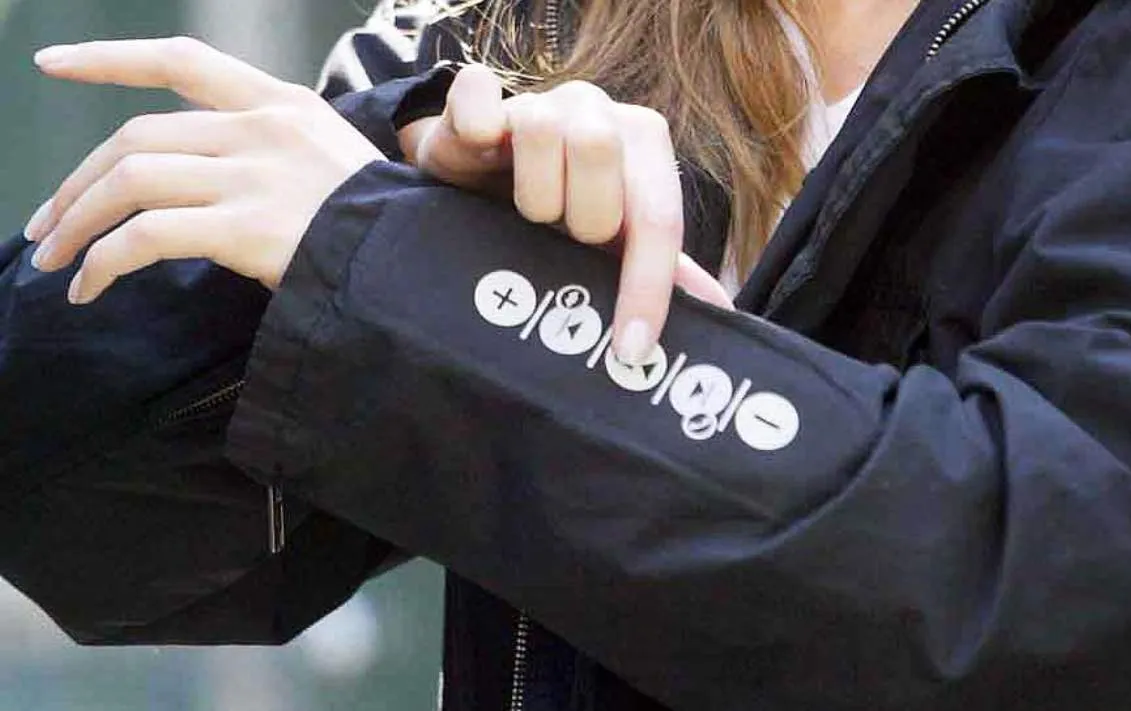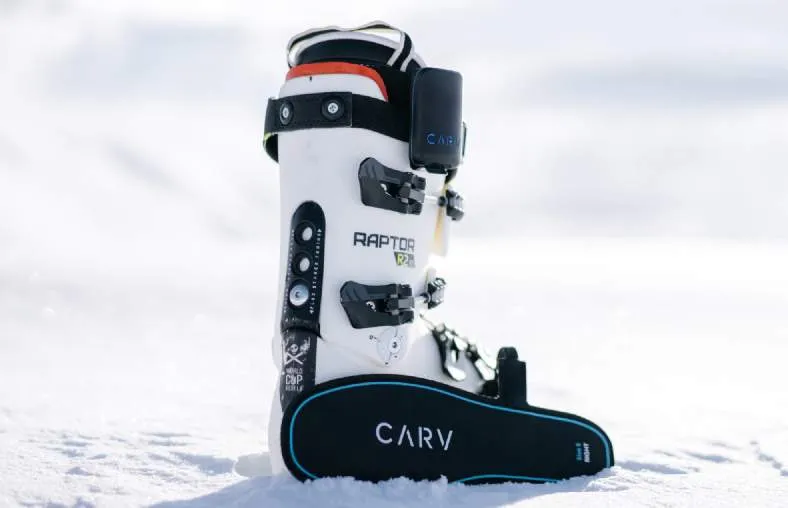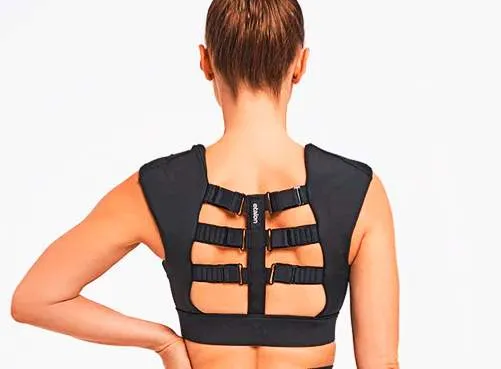Are Your Smart Clothes Spying on You?
Smart clothing is a fascinating blend of fashion and tech that raises questions about privacy and surveillance as they collect data about your location and health. You can fight back, however. (See our Top 10 Tips below.)
Smart clothing can be traced back to the ‘80s when Britain’s Harry Wainwright created a sweatshirt that used fiber optics, leads, and a microprocessor to display color animations. Things have stepped up considerably since. Nike has applied for smart clothing patents for their self-cleaning shoes and a sensor-integrated yoga suit, while Samsung applied for a patent for a smart shirt that tracks symptoms of diseases like pneumonia and bronchitis.
Experts like GlobalData expect smart clothing to become a $4bn market by 2030 with applications in sports, healthcare, and the military. Spies are getting on board as well. In 2023, the US government announced a $22m investment to develop a Smart ePants program for digital clothing that can record data, take photos, and utilize geo-location intel.

Are smart clothes outsmarting you?
Smart clothing relies on the integration of electronic components, sensors, and microcontrollers directly into fabrics. These components collect data, process it, and transmit it to external devices or platforms. The result is clothing that goes beyond mere attire; it becomes a tool for monitoring, enhancing performance, and providing data. Here are just a few of its applications:

Fitness and Health Monitoring
Some of the most popular uses of smart clothing can be found in fitness and health. Smart workout apparel, like sports bras and leggings, are equipped with heart rate monitors and accelerometers to enable wearers to track their performance and vital signs in real-time.

Posture Correction
Poor posture can lead to back pain and reduced lung capacity. Smart clothing has stepped in to address this problem with garments that provide real-time feedback on posture including smart bras that remind users to sit or stand up straight, promoting better spinal alignment.

Safety Gear for Leisure
Some clothing can respond to temperature changes by either heating or cooling the wearer - particularly useful to athletes to ensure comfort in various climates. Owlet Smart Socks take it to the next level with the ability to proactively track a baby’s heart rate and oxygen levels. If the child’s readings leave designated ‘safe’ zones, the Base Station notifies parents with lights and sounds.

Privacy Concerns
While the potential of smart clothing is undeniable, it also raises important privacy concerns. Smart clothing constantly collects data ranging from biometrics to location information.
The integration of sensors and cameras raises the specter of involuntary surveillance. There are also concerns that smart clothing could be hacked, leading to unauthorized tracking and recording of individuals without consent. This data could be exploited by third parties for various purposes, including advertising and profiling.
How can you secure your privacy? Follow our 10 Tips below.
"The brand new social experience where you activate your gaming skills as you train like a spy."
- TimeOut
Take on thrilling, high-energy espionage challenges across different game zones.

Secure your privacy
You can take steps to protect data collected by smart textiles and clothing:
1. Read Privacy Policies: Before purchasing any smart clothing, carefully read the privacy policy provided by the manufacturer or brand. It should outline how data is collected, used, and shared.
2. Opt-Out Features: Look for smart clothing that offers opt-out features or settings. This allows you to disable certain data collection functions or limit the tracking capabilities of the garment.
3. Review App Permissions: Many smart clothing items come with companion smartphone apps. When installing these apps, review the permissions they request. Be cautious about granting unnecessary access to your device's data, such as location or contacts.
4. Disable Connectivity: If you don't need the connectivity features of your smart clothing, consider disabling Bluetooth or Wi-Fi when you're not actively using them. This can reduce the chances of unauthorized data transfer.
5. Regularly Update Firmware: Keep your smart clothing's firmware or software up to date. Manufacturers often release updates that include security enhancements and bug fixes. Staying current can help protect against vulnerabilities.
6. Use a Secure Network: When connecting your smart clothing to the internet, use a secure and private network, such as a home Wi-Fi network with a strong password. Avoid using public Wi-Fi for sensitive interactions.
7. Review Your User History - If your smart clothing provides access to data logs or usage history, periodically review them to ensure there is no unusual or unauthorized activity. Report any concerns to the manufacturer.
8. Cover or Disconnect Sensors: If you want to ensure complete privacy in certain situations, consider covering or disconnecting sensors or cameras on your smart clothing. For example, you can use physical covers for camera lenses.
9. Use a VPN: When connecting your smart clothing to the internet, consider using a Virtual Private Network (VPN). A VPN can help encrypt your data and provide an added layer of privacy protection.
10. Unpair and Reset: If you decide to part with your smart clothing, unpair and reset the device to its factory settings. This will remove your data and prevent it from being accessible to others.
SPYSCAPE+

Join now to get True Spies episodes early and ad-free every week, plus subscriber-only Debriefs and Q&As to bring you closer to your favorite spies and stories from the show. You’ll also get our exclusive series The Razumov Files and The Great James Bond Car Robbery!


Gadgets & Gifts
Explore a world of secrets together. Navigate through interactive exhibits and missions to discover your spy roles.
Your Spy Skills
We all have valuable spy skills - your mission is to discover yours. See if you have what it takes to be a secret agent, with our authentic spy skills evaluation* developed by a former Head of Training at British Intelligence. It's FREE so share & compare with friends now!
* Find more information about the scientific methods behind the evaluation here.


Stay Connected
Follow us for the latest
TIKTOK
INSTAGRAM
X
FACEBOOK
YOUTUBE